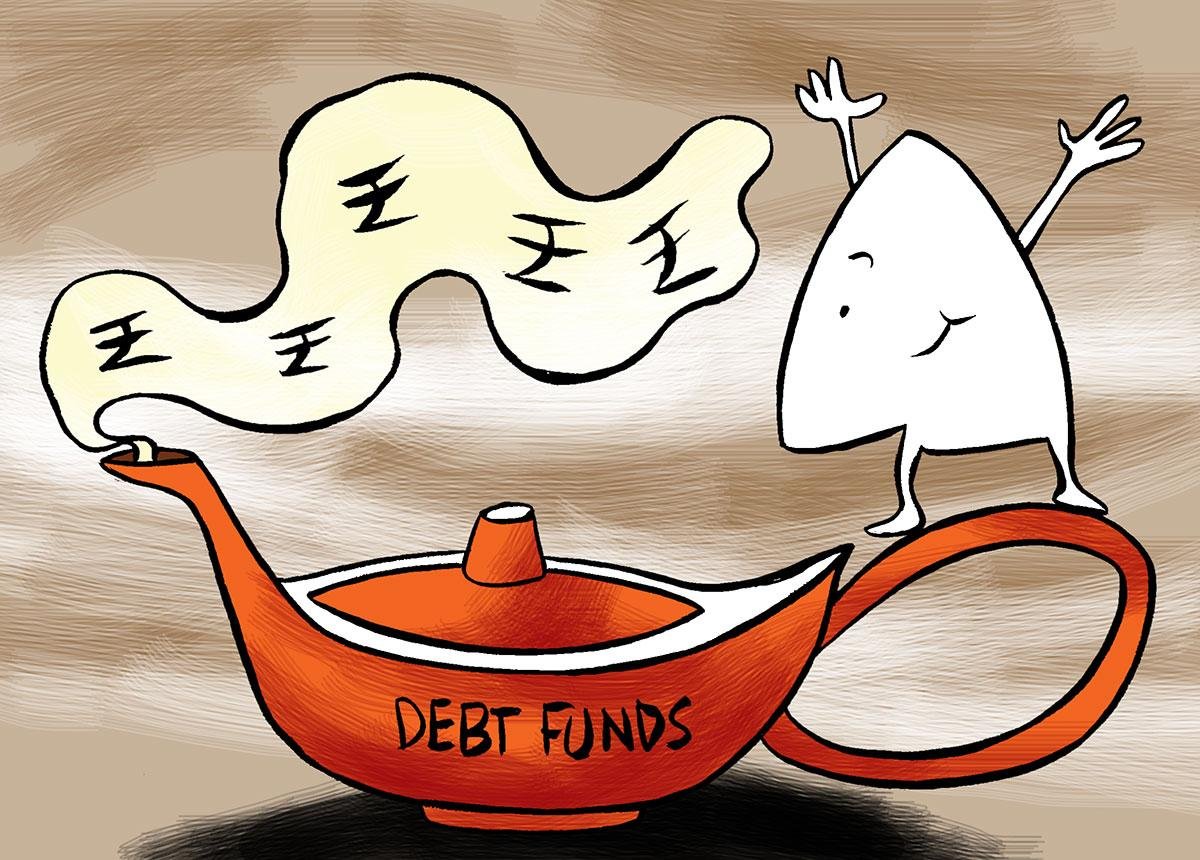With the interest rate cut cycle nearing its end, several debt fund managers are shifting their focus towards interest income rather than betting on duration in anticipation of capital gains.

Debt funds, especially those mandated to invest in longer-dated bonds, have delivered outsized returns in the past two to three years as rate cuts, favourable demand-supply dynamics, and the macroeconomic environment led to a sharp decline in yields across the curve.
A decline in yields is positive for bondholders, as it leads to capital gains. However, fund managers and experts say that the room for a further decline in yields is now limited, given that the easing cycle is likely to have run its course.
“Given the rate cut cycle is now close to its end, the possibility of bond yields coming down in expectation of further rate cuts is limited.Hence, the duration play, which was panning out well for some time now, is almost over,” said Joydeep Sen, corporate trainer (financial markets) and author.
The key driver of debt fund returns is now likely to be the interest income, also referred to as carry or accruals.
“Future rate cut expectations are both off the table for now.
“While there may be trading opportunities from time to time, we don’t expect a secular move lower in rates in this segment.
“Carry (portfolio yield) is likely to become a more important driver for debt fund returns going forward,” said Shriram Ramanathan, chief investment officer — fixed income, HSBC Mutual Fund (MF).
However, even as the scope for capital gains is limited, longer-dated papers may continue to find a place in debt fund portfolios.
Murthy Nagarajan, head — fixed income, Tata MF, said the interest payout from longer-dated bonds, especially government securities, is likely to be better compared to shorter-term bonds.
“The spread between 10-year and 40-year bonds has moved to 70 basis points (bps).
“This level is attractive in terms of carry,” he said.
“In the shorter side of the curve, AAA corporate bonds can be used for carry purposes as the spread between overnight rates and up to five-year bonds is above 100 bps,” he added.
Puneet Pal, head — fixed income, PGIM India MF, said the fund house’s debt fund portfolios are seeing higher allocation towards corporate bonds with a view on accruals.
“We are reorienting our portfolio strategy towards higher allocation to corporate bonds in the three- to five-year segments as they offer better accrual on a risk-adjusted basis,” he said.
The sharper-than-expected rate cut announced by the Reserve Bank of India on Friday had led to a steepening in the yield curve, with a rally in bonds of up to five-year duration.
The longer-dated papers witnessed selling pressure.
According to Suyash Choudhary, head — fixed income at Bandhan Asset Management Company, longer-duration papers may again see a pickup in demand, given supportive local as well as global factors.
“We would think that this initial reaction is a bit extreme and will give way to some amount of balance going forward.
“This is for the precise reasons mentioned above: India’s macros are solid and the government’s fiscal stance is conservative and credible.
“Globally, the dollar is weakening, and we expect this to be soon followed up with US yields breaking lower as well, as hard data starts to reflect ongoing economic uncertainties.
“This combination will also likely restart bond flows to well-run and sizeable emerging markets like India,” he said.





